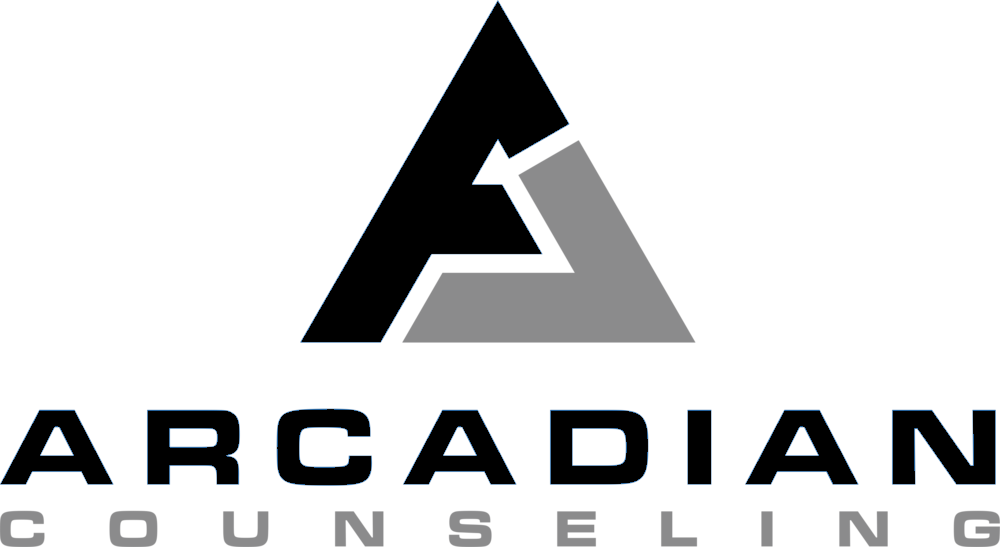Cognitive distortions are sneaky little tricks our minds play on us. They can shape our reality in ways we don’t even realize and create a very destructive mindset. They’re like filters that warp our thoughts, making us see situations in exaggerated, negative, or irrational ways. While these distortions are extremely common – everyone experiences them at some point – letting them go unchecked will contribute to stress, anxiety, and even depression.
However, you don’t have to be (nor should you be) at war with your thoughts. Rather than trying to fight or change them, you can learn to see them for what they are: just thoughts, not facts.
What Are Cognitive Distortions?
Cognitive distortions are habitual ways of thinking that misinterpret reality, often reinforcing negative emotions. The term comes from cognitive-behavioral therapy (CBT), but these distorted thought patterns are also addressed in Acceptance and Commitment Therapy (ACT), which takes a slightly different approach – one based on acceptance, mindfulness, and values-driven action.
Think of your mind as a radio station that plays thoughts 24/7. Some of the thoughts are helpful, some neutral, and some are just plain unhelpful. Cognitive distortions fall into that last category. The key is recognizing that just because your mind broadcasts a thought doesn’t mean you have to believe it or let it dictate your actions.
Common Cognitive Distortions

Here are a few of the most common distortions:
- Black-and-White Thinking – Seeing situations in extremes: “If I fail this project, I’m a complete failure.”
- Overgeneralization – Drawing broad conclusions from one event: “I got rejected once, so I’ll always get rejected.”
- Jumping to Conclusions – Assuming you know what others are thinking or predicting a negative outcome: “They didn’t text back; they must be mad at me.”
- Catastrophizing – Expecting the worst-case scenario: “If I mess up this presentation, my career is over.”
- Personalization – Taking responsibility for things outside of your control: “They’re upset, so I must have done something wrong.”
- Should Statements – Placing rigid rules on yourself or others: “I should always be productive.”
- Discounting the Positive – Ignoring or minimizing successes: “I got lucky, that’s all.”
Breaking Free from Cognitive Distortions with ACT

Acceptance and Commitment Therapy (ACT) takes a refreshing approach to managing cognitive distortions. Instead of challenging or disputing them (as in traditional CBT), ACT focuses on changing your relationship with your thoughts. The goal isn’t to eliminate negative thinking but to develop psychological flexibility – being able to notice your thoughts without letting them dictate your actions.
Here’s 5 strategies to handle cognitive distortions using ACT principles:
1. Create Space from Your Thoughts
Instead of treating your thoughts as absolute truths, practice seeing them as just mental events. One helpful technique is labeling your thoughts.
For example, when the though “I’m a failure” shows up, respond to with something like:
- “I’m having the thought that I’m a failure.”
- “My mind is telling me the ‘I’m a failure story.’”
This simple shift helps create distance between you and the thought, which typically makes it feel less overwhelming.
2. Practice Mindfulness & Observing Your Thoughts
Mindfulness helps you become an observer of your thoughts rather than being entangled in them. Imagine your thoughts as leaves floating down a stream or clouds passing in the sky. They come and go – and you don’t have to hold onto them!
Instead of trying to suppress or change negative thoughts, notice them, acknowledge them, and let them be.
3. Connect with Your Values
When cognitive distortions show up, ask yourself:
- “If I allow this thought to guide me, will it move toward the kind of person I want to be?”
- “Does acting on this thought align with my values?”
For example, if you have the thought, “I’ll embarrass myself if I speak up,” but one of your values is authenticity, then speaking up – in spite of the discomfort – aligns with what matters to you.
The goal isn’t to feel great all the time; it’s to take meaningful action despite unhelpful thoughts.
4. Commit to Action, Not Feeling ‘good’
One of the biggest traps of cognitive distortions is waiting to “feel” confident, happy, or certain before acting. ACT contends that you don’t have to feel perfect to take action.
If an anxious thought tells you, “You’ll fail, so don’t try,” instead of debating it, you can acknowledge its presence, connect with the appropriate value, and still choose to take the next small step toward your goal.
5. Self-Compassion Over Self-Judgment
Cognitive distortions usually come with self-criticism. Instead of battling your mind (which is usually futile), practice self-compassion. Remind yourself that you’re human and that struggling with thoughts is part of life. Treat yourself with the same kindness you would offer a close friend.
Final Thoughts from Arcadian
Cognitive distortions don’t have to control your life. The key is learning to notice them, detach and create distance from them, and focus on what truly matters to you. Your mind will always generate thoughts – some helpful, some not – but you get to choose how to respond.
So, the next time a cognitive distortion pops up, try this:
- Notice it.
- Name it.
- Let it be.
- Choose action based on your values, not your fear.
By shifting your perspective, you can break free from distorted thinking – not by forcing yourself to be positive, but by embracing a more flexible and mindful approach to life.
James Killian, LPC is the Principal Therapist & Owner of Arcadian Counseling in Greater New Haven, CT where they specialize in helping over-thinkers, high achievers, and perfectionists reduce stress, increase fulfillment and enhance performance so they can move From Surviving To Thriving.

